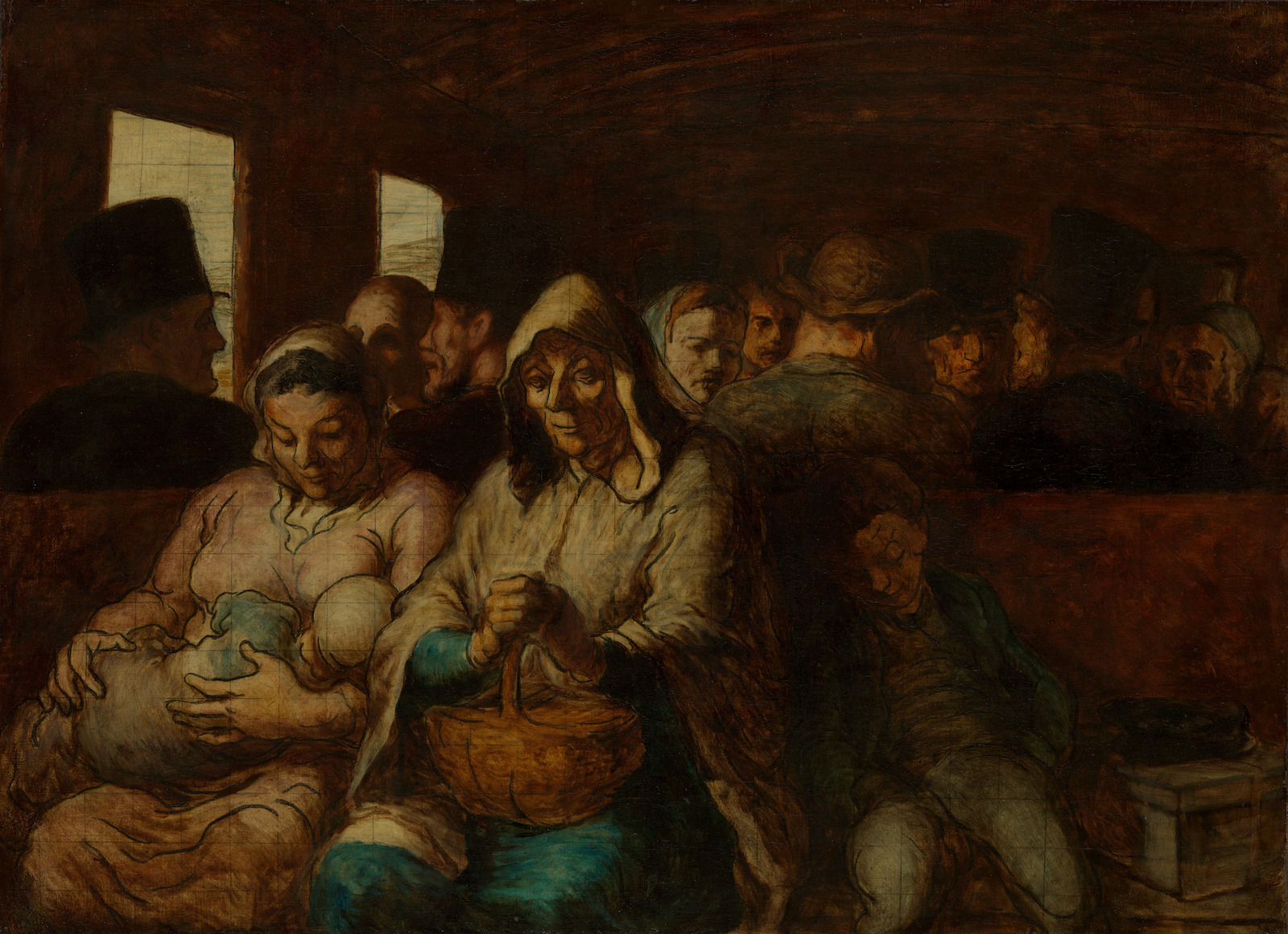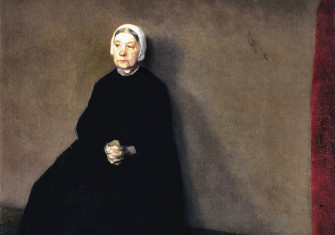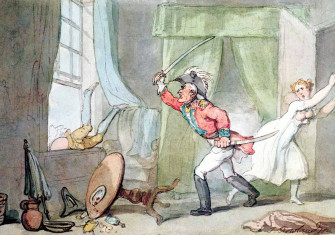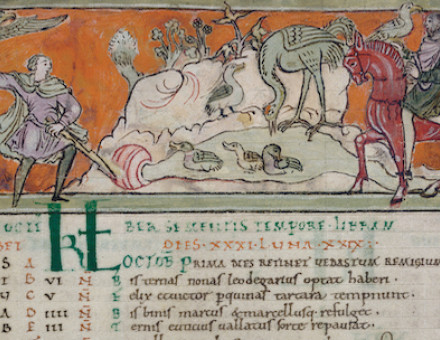Confinement by Jessica Cox review
Confinement: The Hidden History of Maternal Bodies in Nineteenth-Century Britain by Jessica Cox looks at the engine of the Victorian population boom: motherhood.

Most people who have studied 19th-century Britain will be familiar with the stratospheric rise in the nation’s population in this period. Between 1801 and 1901, it grew from around 10.5 million to almost 37 million. This expansion is usually discussed in reference to industrialisation, urbanisation, politics, imperialism or public health. Only rarely, as Jessica Cox observes, is it considered from the point of view of the maternal labour behind it. As Cox writes, this extreme growth ‘represents millions of birthing women, many thousands of whom lost their lives in the process’. I am an historian of Victorian Britain and have cited those demographic figures numerous times. I have even published on the history of 19th-century maternity care. Even so, I hadn’t considered the population explosion in quite these terms.
In Confinement Cox attempts to take a mostly private, personal set of experiences – pregnancy, birth, early motherhood and breastfeeding – and render them subjects of historical importance. She isn’t the first historian to attempt such a task – generations of feminist historians have worked to uncover this ‘hidden’ history – but there are still substantial obstacles in the way. As Cox acknowledges, due to the varying availability of source material, she is more successful in investigating the maternal bodies of wealthy women than their poorer counterparts. This is partly because the tendency in the 19th century – in both visual sources and in text – was to conceal rather than celebrate pregnancy. The maternal body, Cox writes, is ‘almost invisible’ in most 19th-century accounts of female life, forcing her to make creative use of hospital archives, newspaper reports, medical journals, and court, census and parish records.
Following an introduction in which she recounts her own experience of motherhood, Cox moves through subjects including infertility, maternal mortality, abortion and infanticide, midwifery and breastfeeding. Her passages on miscarriage are particularly moving; the rate of baby loss is still high, despite advances in maternal and infant care. While this is an experience that women today share with the Victorians, at-home pregnancy tests mean that hopes are raised earlier, and more frequently, now than they were then. Cultivating a connection between people living today and the birthing women of the Victorian age requires a degree of empathy. Not only do historians have to be particularly creative when source material is sparse, they have to engage politically and personally in their subject. In the 1970s, pioneers of women’s history Mary S. Hartman and Lois Banner described the kind of empathy Cox cultivates as ‘presentist’ in the ‘best sense’, since it ‘involves a rigorous effort to understand the historical roots of issues that especially touch women today’.
Indeed, anyone who has attempted to prevent pregnancy, tried to conceive, been pregnant, lost a baby or given birth will find moments of familiarity in Cox’s account of a century through which none of her readers lived. The maternal experience has, of course, changed dramatically since 1900, but while Cox does acknowledge the persistence of Victorian attitudes – having children still requires a degree of self-sacrifice and impacts careers – I think more could have been said about the pernicious influence of the 19th century on parenthood today. Despite the increased availability and safety of pain relief during pregnancy and childbirth, there is still pressure for women to experience both ‘naturally’. Medical paternalism was not eradicated with the coming of the NHS. These critiques aside, Confinement will reward anyone interested, personally or professionally, in the maternal experience – past or present.
Confinement: The Hidden History of Maternal Bodies in Nineteenth-Century Britain
Jessica Cox
The History Press, 320pp, £25
Buy from bookshop.org (affiliate link)
Agnes Arnold-Forster’s book on nostalgia is forthcoming with Picador.






